Atlas V 401 vehicle
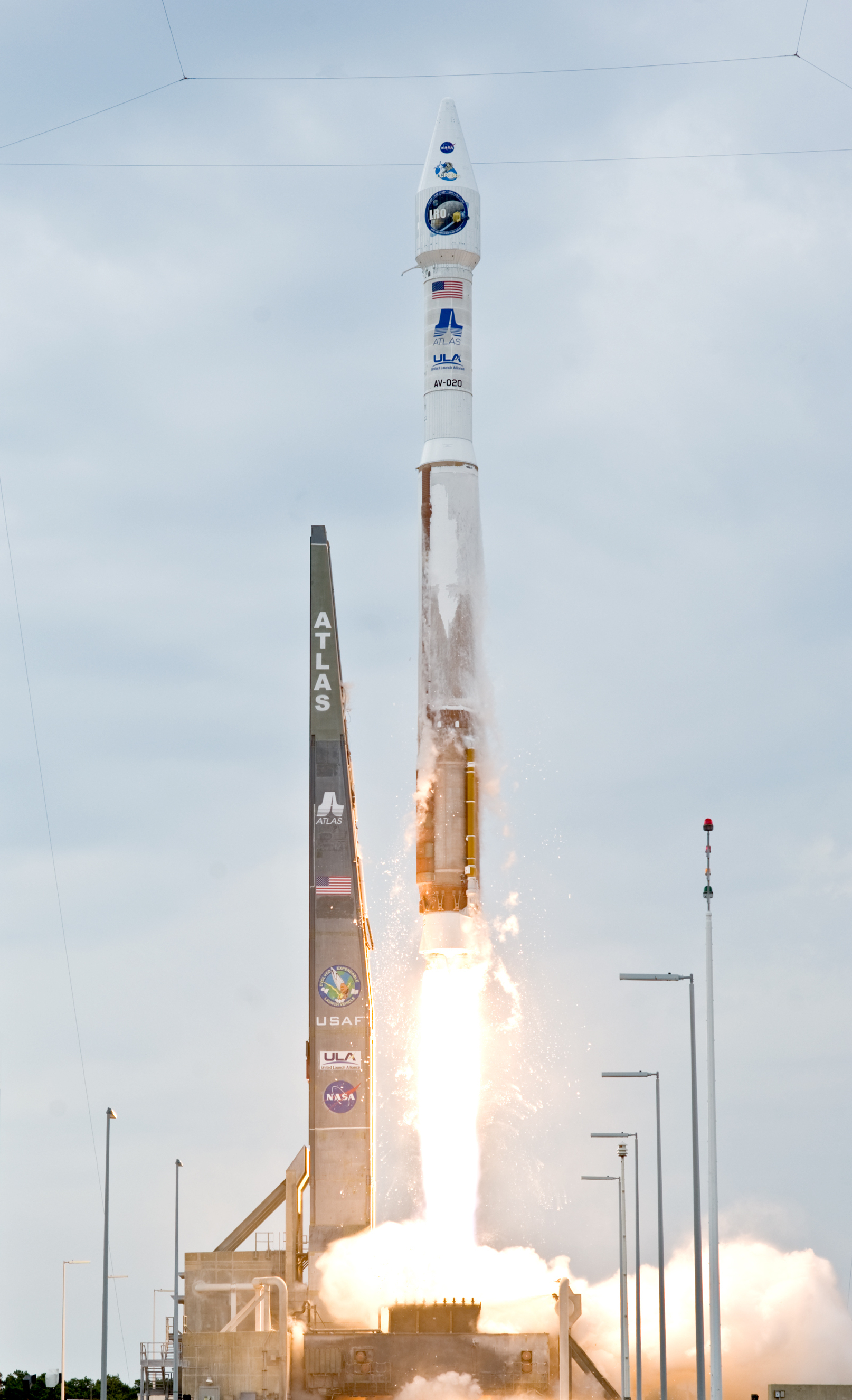
(Atlas V 401 carrying LRO and LCROSS, 18 June 2009)
The Atlas V was developed by Lockheed Martin Commercial Launch Services (LMCLS) as part of the U.S. Air Force Evolved Expendable Launch Vehicle (EELV) program and made its inaugural flight on 21 August 2002. LMCLS continued to market the Atlas V to commercial customers worldwide until January 2018, when United Launch Alliance (ULA) assumed control of commercial marketing and sales.
First Stage
The Atlas V first stage, the Common Core Booster (not to be confused with the Delta IV's Common Booster Core), is 3.8 m (12 ft) in diameter and 32.5 m (107 ft) in length. It is powered by one Russian NPO Energomash RD-180 main engine burning 284,450 kg (627,100 lb) of liquid oxygen and RP-1. The booster operates for about four minutes, providing about 4 MN (900,000 lbf) of thrust.
Centaur III/Common Centaur
The Centaur upper stage uses a pressure-stabilized propellant-tank design and cryogenic propellants. It is powered by either one or two Aerojet Rocketdyne RL10A-4-2 engines, each engine developing a thrust of 99.2 kN (22,300 lbf). The Centaur engines are capable of multiple in-space starts, making possible insertion into low Earth parking orbit, followed by a coast period and then insertion into GTO.
Earlier Centaur used the RL-10-A-4-2 engine. From 2014 until it's retirement, it flown with the RL-10-C-1 engine.
LRO
The Lunar Reconnaissance Orbiter (LRO) was launched with the Lunar Crater Observation and Sensing Satellite (LCROSS) on the first U.S. mission to the Moon in over 10 years. Both were part of NASA’s now-canceled Lunar Precursor Robotic Program.
LRO’s primary goal was to make a 3D map of the Moon’s surface from lunar polar orbit as part of a high-resolution mapping program to identify landing sites and potential resources, to investigate the radiation environment, and to prove new technologies in anticipation of future automated and human missions to the surface of the Moon.
Among LRO’s achievements was to take extremely high-resolution photographs of landing sites of several older lunar landers and impact vehicles, such as landing sites from all of the Apollo landing missions (plus Surveyor III near the Apollo 12 site) and the Apollo 13, 14, 15 and 17 Saturn IVB upper stages. Other targets included the later Ranger impact probes, and the Soviet Luna 16, 17, 20, 23 and 24 soft-landers, and China’s Chang’e 3 and Chang’e 4 landers and rovers.
LCROSS
NASA's Lunar Crater Observation and Sensing Satellite (LCROSS) was launched with the Lunar Reconnaissance Orbiter to determine if water-ice exists in a permanently shadowed crater at the Moon's south pole. As planned, LCROSS and its Centaur stage impacted the Moon on Oct. 9, 2009.
The twin impacts exposed a plume of material that might not have seen direct sunlight for billions of years.
LCROSS and LRO found evidence that the lunar soil in shadowy craters is rich in useful materials, and that the Moon is chemically active and has a water cycle.
#Scientists also confirmed the water was in the form of mostly pure ice crystals in some places.
Gallery


CONTROLS:
Use Slider 1 and 2 to control the High Gain Antenna and Slider 3 to control the solar panels.
OBS1: You can use LROC NAC and WAC cameras and the cameras equiped on LCROSS.
OBS2: Centaur, LRO and LCROSS engines supports time warp (10x, 25x,...)
Credits:
—Logos and flag
If you like it please upvote. Thank you.
GENERAL INFO
- Predecessor: Atlas V 401
- Created On: Android
- Game Version: 1.3.204.1
- Price: $25,975k
- Number of Parts: 425
- Dimensions: 59 m x 14 m x 17 m
PERFORMANCE
- Total Delta V: 10.8km/s
- Total Thrust: 4.9MN
- Engines: 16
- Wet Mass: 3.65E+5kg
- Dry Mass: 57,639kg
STAGES
| Stage | Engines | Delta V | Thrust | Burn | Mass |
|---|---|---|---|---|---|
| 1 | 2 | 5.0km/s | 4.1MN | 3.9m | 3.65E+5kg |
| 3 | 0 | 0m/s | 0N | 0s | 28,251kg |
| 4 | 1 | 5.8km/s | 99kN | 15.3m | 28,251kg |
| 7 | 0 | 0m/s | 0N | 0s | 23,189kg |
| 9 | 0 | 0m/s | 0N | 0s | 23,189kg |
11 Comments
- Log in to leave a comment
-
0 dude133+1 2 days ago
i do not understand whatever your saying besides that RCS extends solar panels
-
975 JoãoV+1 3 days ago
@dude133 Now I saw: when AG1 (Centaur RCS) is activated it extends the LRO solar panels, maybe that's the problem. You can change the AG of the Centaur RCS or the AG of the solar panels hinge rotators or simply just not activate AG 1 while Centaur is connected to LCROSS/LRO.
This problem damaged the payload and sometimes exploded the fairing, but did not changed the rocket trajectory too aggressively (like spinning). -
0 dude1334 days ago
I had one successful flight but when i tryed to turn a bit, i wonbled out of control.
-
0 dude1334 days ago
Yeah, I tryed but around three seconds in flight, RCS wasnon and i started spinning and toppled over. The whole payload exploded and the rocket pointed down.
-
-
975 JoãoV4 days ago
@dude133 But is that the problem? The rocket structure oscillating, swinging? I've tested it with default physics settings and a little higher and it's working just fine.
-
-
-
975 JoãoV4 days ago
@dude133 the rocket is spinning at liftoff? Maybe you are turning too soon and too fast. It is a 401, It has a low TWR.
It's like oscillating? Strange, It doesn't happen with mine and I've tested It several times. -
0 dude1335 days ago
its too wobbly. at liftoff and trying to warp and orbit it would spin out really bad

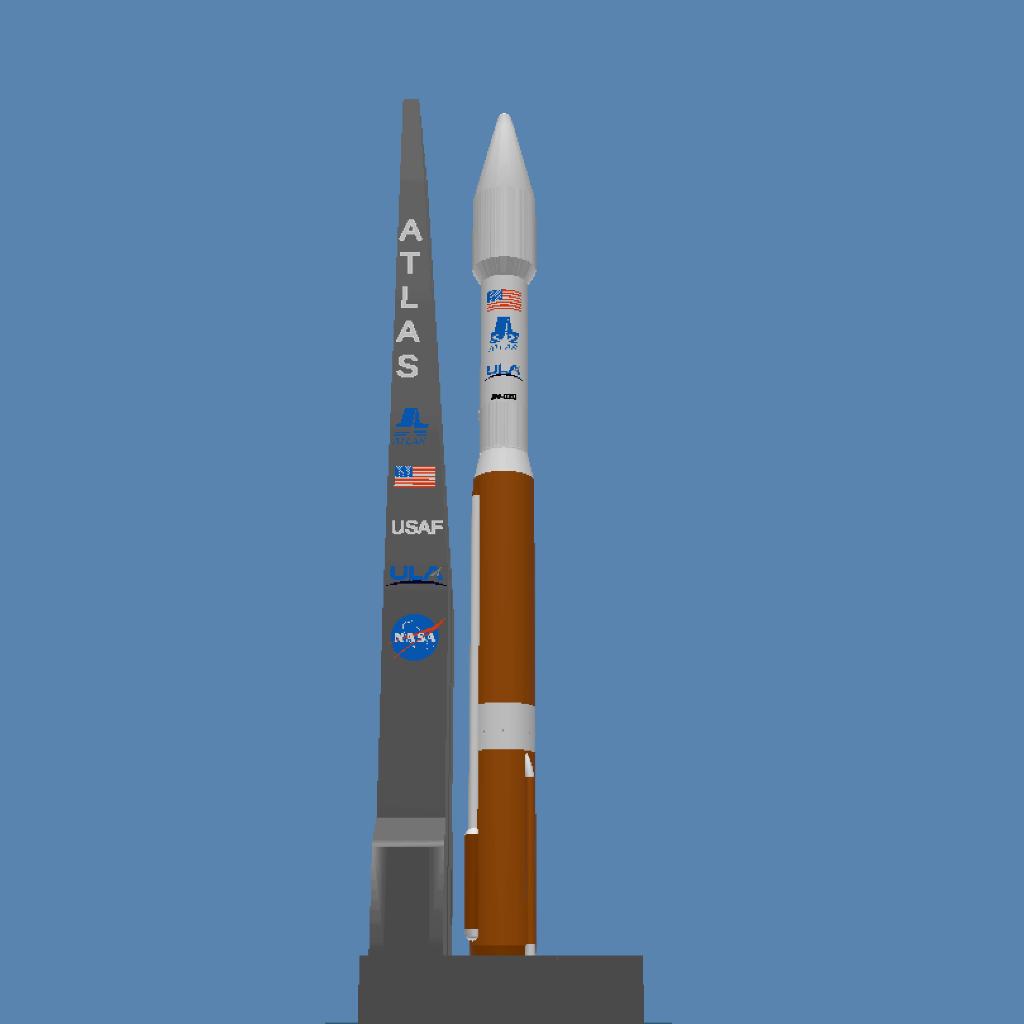
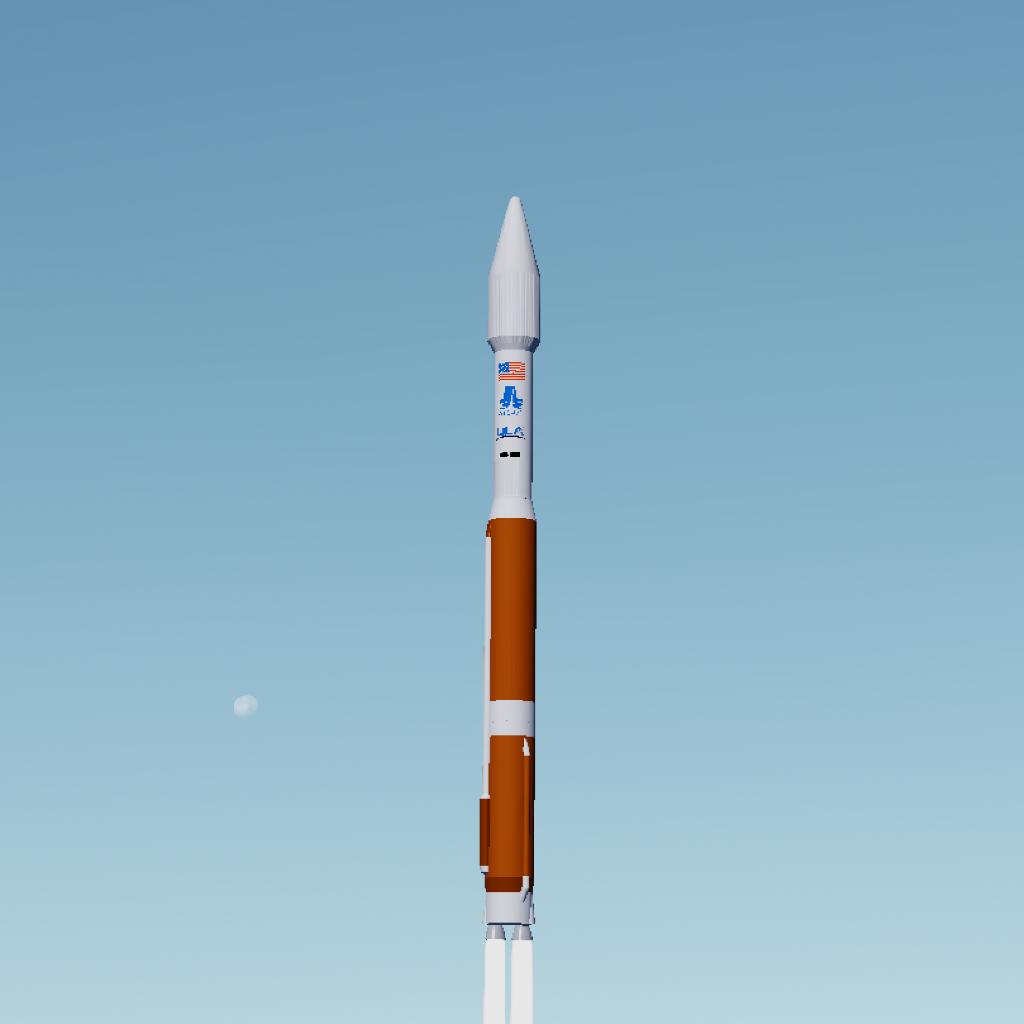
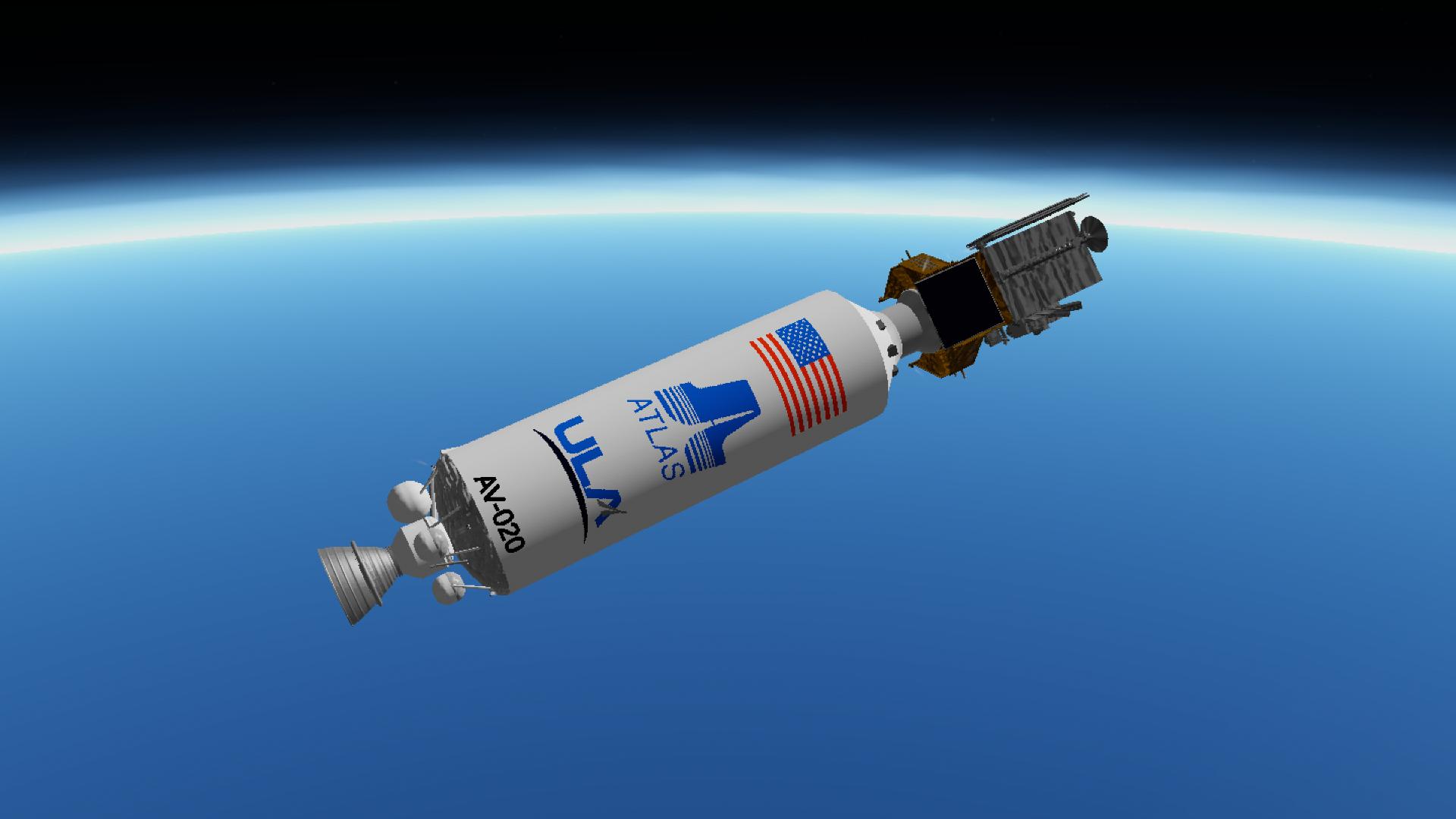
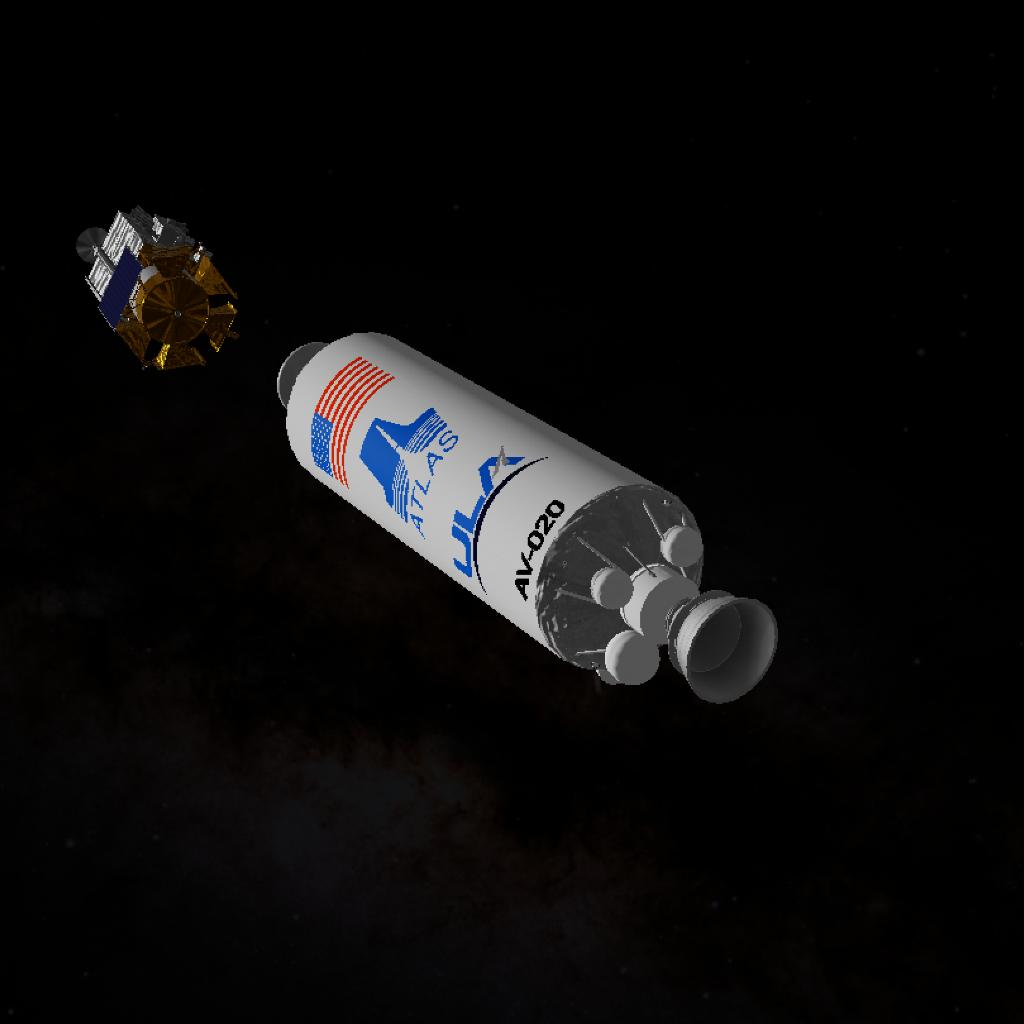
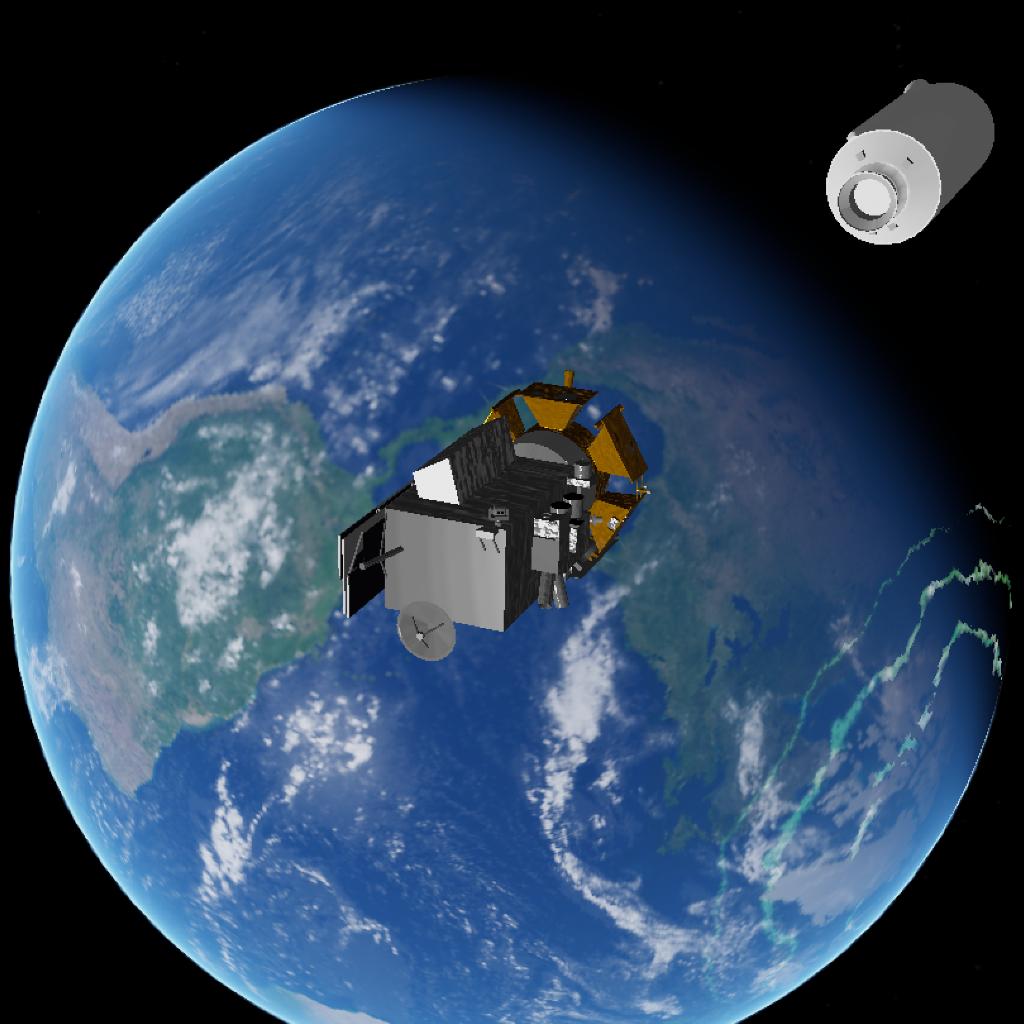
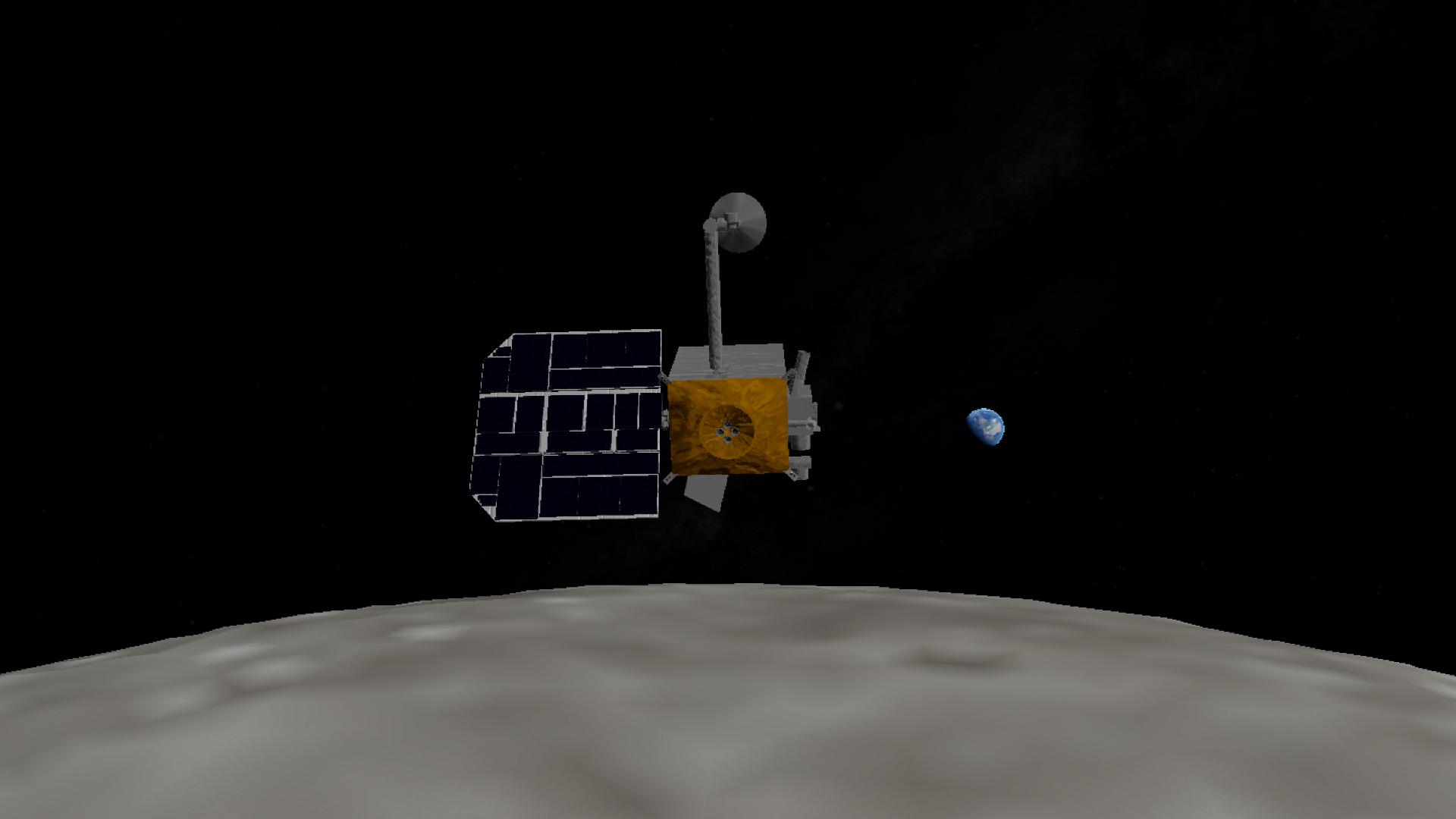

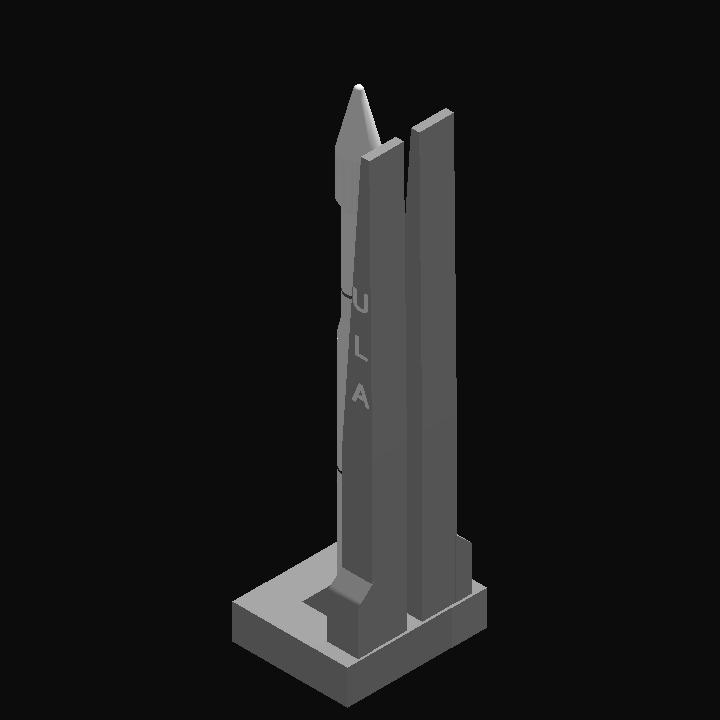
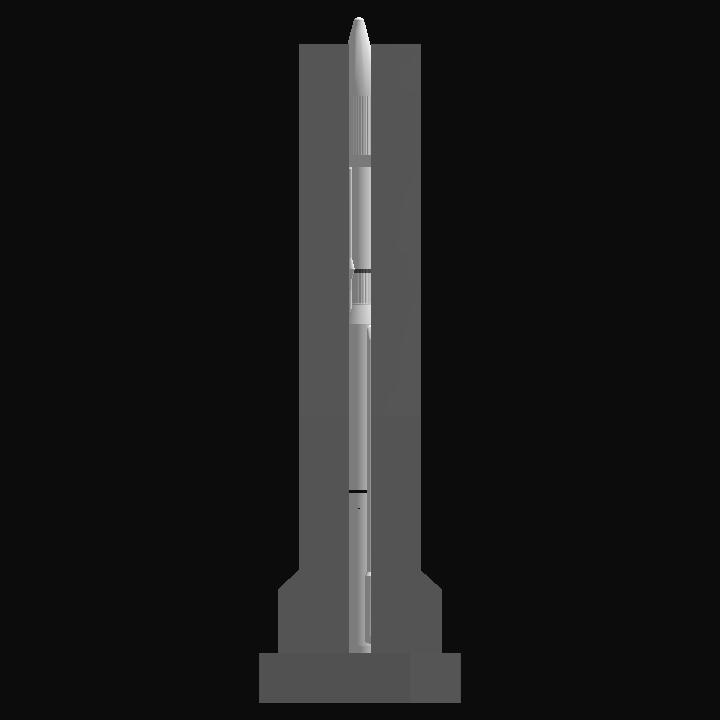
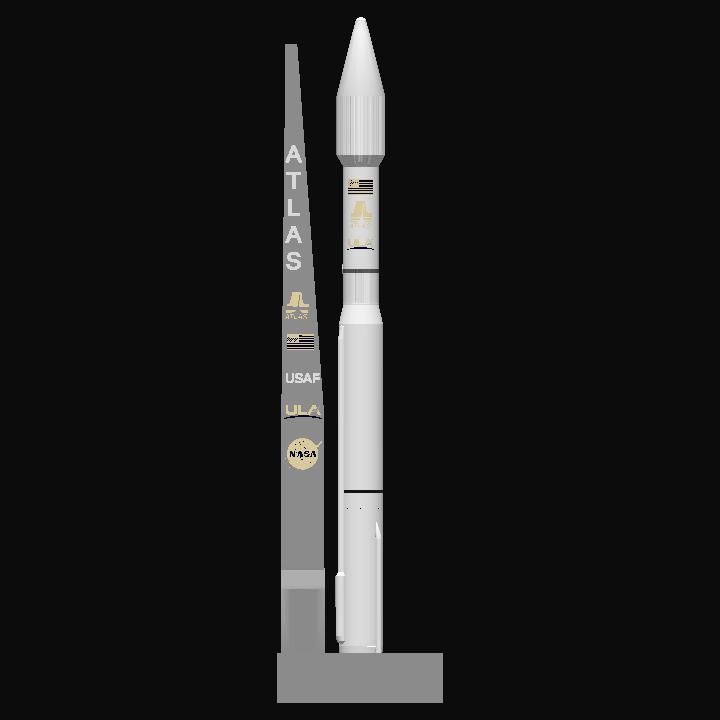
@dude133 Do not activate AG 1 while Centaur is connected to LCROSS/LRO, this is the easiest way to solve the problem. If the problem continues it is something in your game.